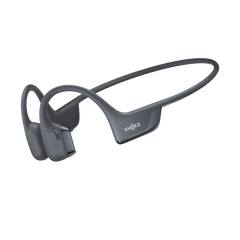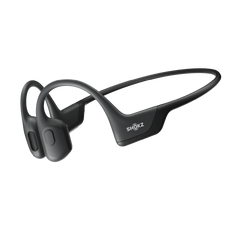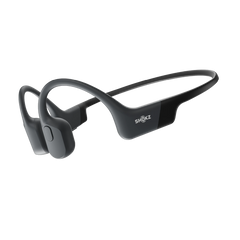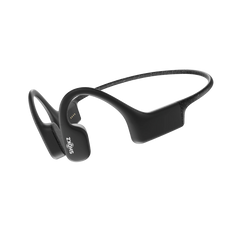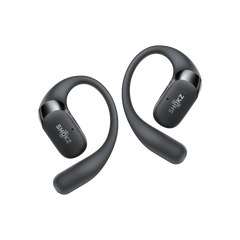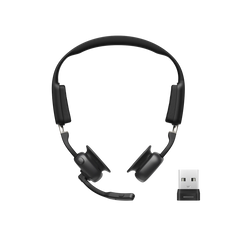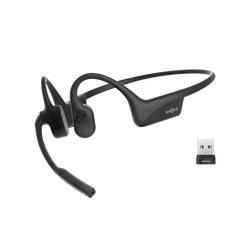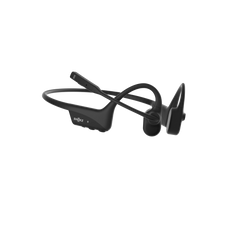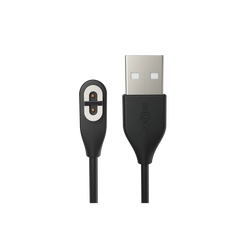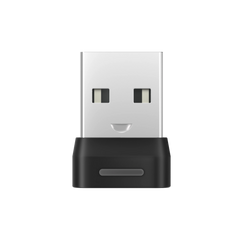You may be surprised to know that daily high-intensity workout sessions on a consistent basis can help you lose around 30% of calories. These 20-minute exercises in your daily routine can really up your fitness game, whether you're an athlete or a couch potato.
An excellent option for those on the go, these rigorous routines promote good cardiovascular health, improve body strength, and even weight loss - all while lowering blood pressure. Before starting, It's important that you take caution, as poor form or technique can result in injuries with any of these exercises.
If you are looking to maximize the benefits of a high intensity workout, this comprehensive guide has expert tips and advice that will help you start with a real bang. So, are you ready for a fitness routine revolution within a short time? Dive in and find out how to work out smarter, not longer!
What Are High-Intensity Exercises?
A high intensity workout is a series of intense physical activities followed by rest or low-intensity exercise. The intervals are performed for a set time (usually 20 seconds) to improve cardiovascular health and fat burning in a short space of time.
Beginners usually focus on lighter exercises that can elevate heart rate, while experienced individuals incorporate weights and resistance training equipment.
Understanding High-Intensity Interval Training (HIIT)
Mountain climbing with resistance bands or an intense 20-second cycling sprint are excellent high-intensity workout exercises because they push the human body to the limit. These are followed with resting periods equal to or twice the length of the workout session.
This is effective for burning calories, improving cardiovascular health, and strengthening muscles in less time. The intense workout session paired with recovery sessions keeps you challenged while your body is recovering.
Benefits of High-Intensity Workouts
There are numerous health benefits of a high-intensity workout, including:
-
Helps In Weight Reduction: These exercises burn fat at a quick pace. The meta-analyses have shown that it reduces blood sugar levels and helps in losing weight fast.
-
Improves Heart Health: high-intensity exercises are documented to be efficient in lowering blood pressure among individuals who remain seated for most of the time.
-
Saves Time: You can achieve fitness goals in a mere 20-30-minute intervals, hence making it convenient to incorporate into busy schedules.
Combining effectiveness with convenience, high-intensity workouts have turned out to be one of the appealing choices for individuals who want to stay healthy and in shape in less time.
Steps To Follow In a High-Intensity Workout
High-intensity training involves a combination of both lower and higher intensities of exercise to offer the best results and minimize injury. The low-intensity phases allow your body to warm up and cool down, thus protecting you and keeping you prepared.
Preparing for a High-Intensity Workout
Preparation is necessary ahead of a high-intensity training session to stay safe while working out. It is pertinent to mention that overexertion is the cause of many exercise-related injuries. Now, let’s dive in and get ready to challenge your limits!
First of all, hydrate your body—drink water to avoid dehydration and tiredness during the workout session.
The next step is to warm up. Activating the muscles that you will concentrate on during the workout sessions leads to better performance and reduces strain. If your workout includes plank shoulder taps, you can do warm-ups with exercises like push-ups to activate your core and upper body.
Structuring Your High-Intensity Workout
After you have done your warm-up, you should do intense training with regular resting sessions.
To get you started, you should follow these steps on how to do a high intensity workout:
-
Warm-up: You need to warm up in order to increase the intensity. If you're planning on doing jump squats then you could perform a set of squats without taking a break.
-
Exercise: You will have to work out for 20 seconds after you've warmed up. Here, you can perform the jump squats. Aim for a good form and effort for a maximal heart rate.
-
Rest: Take rest after working out. The interval should be just enough to help you recover so that you can do another set of exercises. It should be equal to or twice the length of your exercise: 20 – 40 seconds.
-
Once rested, repeat the exercise and rest circuit. Also, mix up the exercises to get different muscle groups involved and achieve your strength and cardio goals, but do not go over the 30-minute total training period.
-
Cool down: At the end, you will have to do cool-down exercises mixed with stretches.
Pro Tip: To get on a steady rhythm beat, tune into a high-intensity training playlist with headphones like OpenRun Pro 2 that are designed to keep you pumped up. These earpieces have redefined the sound of sport.
Shokz OpenRun Pro 2 - Keeping You Going in Every Workout Sessions
The Shokz OpenRun Pro 2 is great for revamping your workout sessions. It uses bone and air conduction open-ear listening technologies powered by dedicated drivers allotted to certain frequencies. It offers four default EQ modes: Standard, Vocal, Bass Boost, and Treble Boost, along with two customizable profiles for users to tailor their settings.
These headphones offer a secure fit, whereas the IP55 water resistance rating protects the gadget against sweat and light rain. It has 12 hours of battery life, whereas the Quick-Charge feature provides an extra 2.5 hours of playback from a five-minute charge.
The OpenRun Pro 2 is great for those who are looking for situational awareness without compromising audio quality.
Sample High-Intensity Workout Routines
High-intensity workouts can be tailored to one's fitness level, and proper form ensures effectiveness. Here are some exercises recommended at different levels of experience:
Beginner:
-
Jump lunges
-
High knees
-
Jump squats
Intermediate:
-
Push-up
-
Kettlebell swing Sprints
Advanced:
-
Rowing machine
-
Chest press
-
Plank shoulder taps
Weightlifting is one of the most effective exercises. It works for all fitness levels, as the individual can adjust the weight, speed, or reps. Start with low weights and make your way up.
Tips for a Safe and Effective High-Intensity Workout
Performing high-intensity exercises correctly will save you from an injury. The following tips will help you in keeping your workout safe.
Choosing the Right Exercises
You will have to select the right exercises as per your goals. If you aim to be strong, then sports activities such as cycling or rowing must be taken with a ratio of 1:5 exercises-to-rest time.
Your exercise routine could involve weights or any other resistance equipment to make things more intense. Make sure that you do not overexert otherwise, it is going to injure you.
Listening to Your Body
As you learn how to do a high-intensity workout, you need to look out for signs of exertion. This is a clear warning sign of things going overboard and the risk of the following injuries.
-
Muscle injury
-
Unusual soreness and stiffness
-
A small appetite
-
Lack of ability to train like before
-
Feeling drained even during less strenuous workouts
Incorporating High-Intensity Workouts into Your Routine
You will have to learn how to incorporate high-intensity workouts into your routine effectively. You can do it right before cooling down at the end of your strengthening sessions. Take four days to rest, and don’t perform a high-intensity exercise till then.

Wrapping up
Here's everything about how to do a high intensity workout. It's pretty simple: start with a warm-up before these short, intense exercises with equal rest periods, and finish off with cooling-down exercises.
Beginners can stick to lighter exercises that offer cardio boosts, whereas enthusiasts and athletes can go for resistance equipment and tougher exercises. To keep things great, listen to a playlist on your Shokz OpenRun Pro 2 headsets. Sleek and sturdy, these headphones will not fall off even in extreme workouts.
